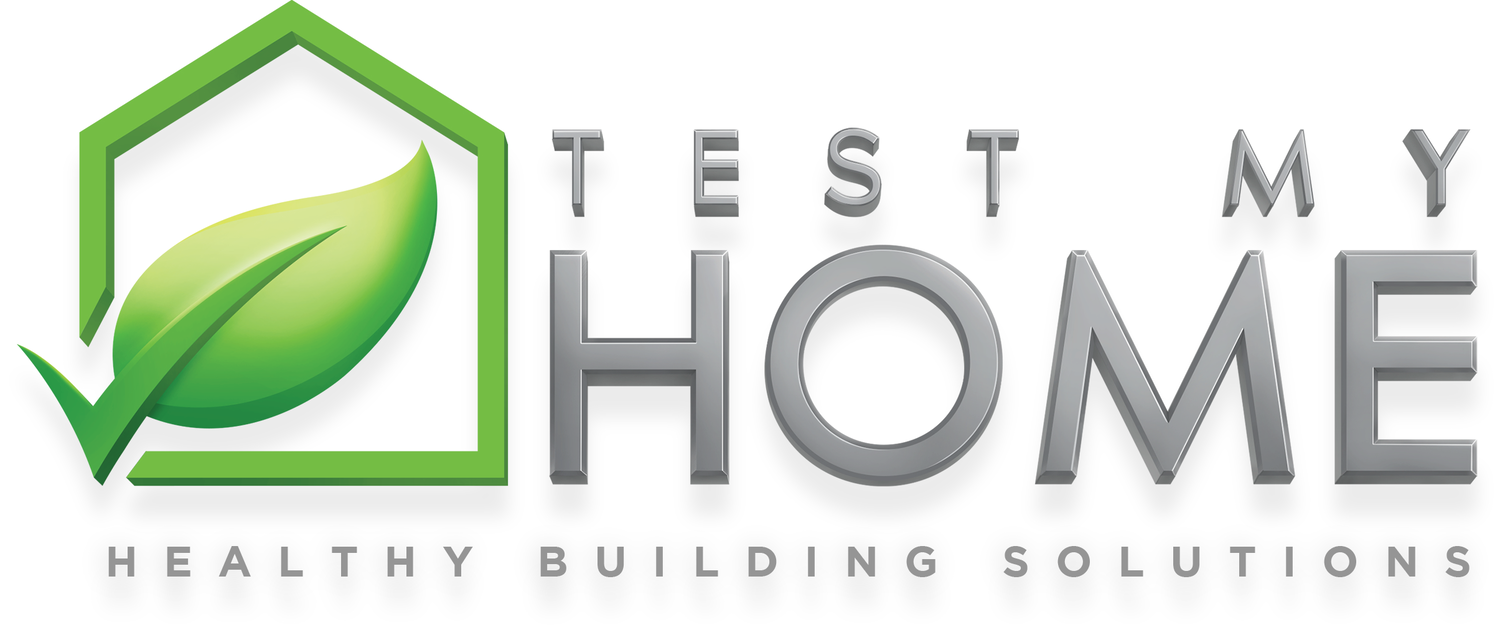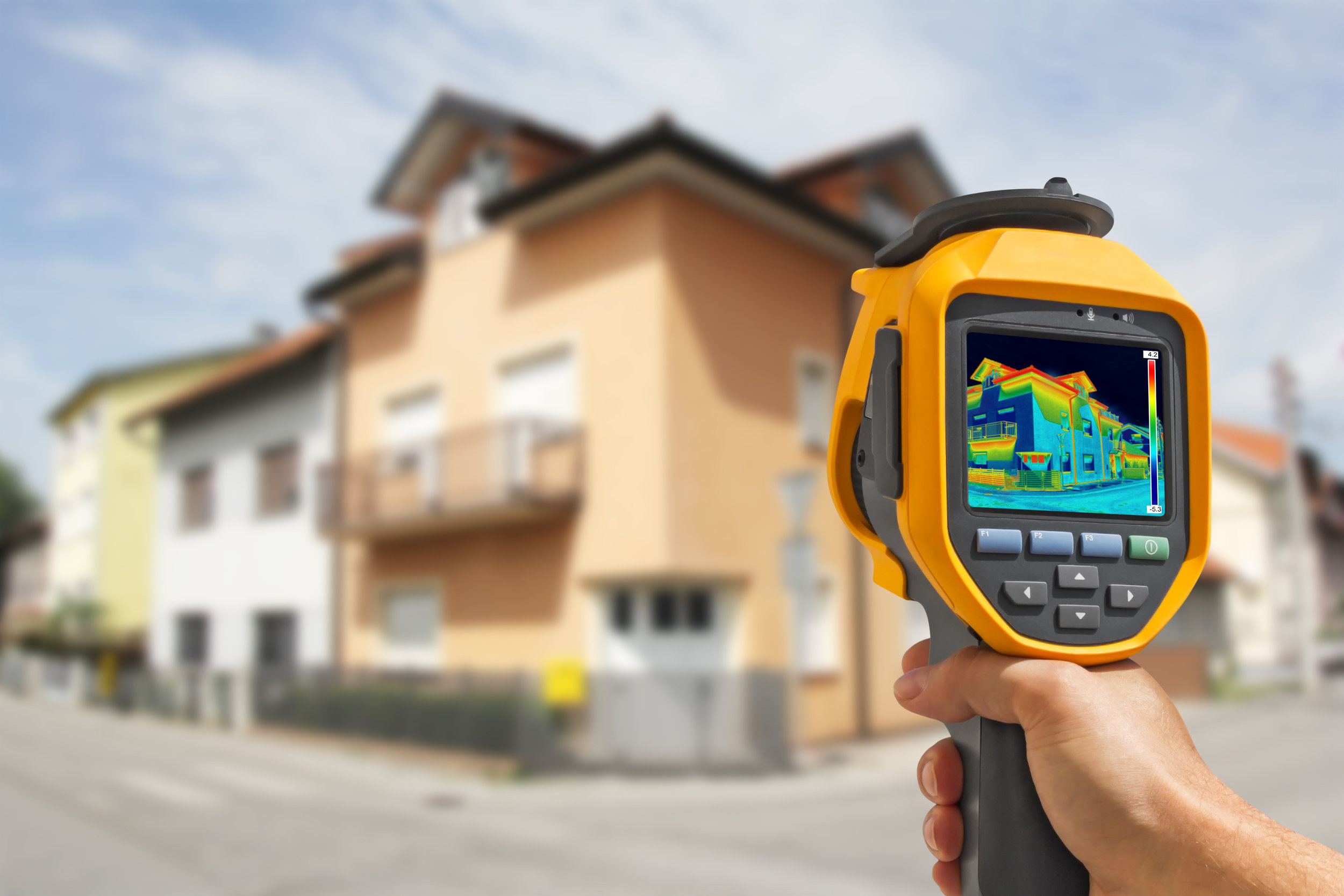Sound and vibration testing is a process that ensures the safety of an object by determining how it responds to sound waves. It helps identify any structural flaws in various materials, such as rubber or metal parts. Using sensors under different frequencies (sound) and amplitudes (vibration), we can determine whether something will last for many years without breaking down due to wear-and-tear on its interior components.
Sound and vibration testing is the process of using tools to measure sound levels in a particular environment. This can be used for anything from measuring noise pollution in an area or construction site, determining whether there are any problems with machinery that could lead it malfunctioning, which will interrupt workflow, etc. Before starting a sound and vibration test on machines, engineers must first ensure that they work correctly by checking for proper hardware installation, providing nothing was accidentally bumped out of place if something had been knocked around like an electrical wire which could cause some false readings before tests begin.
What to do before Sound and Vibration Testing?
Before starting sound and vibration tests on a newly manufactured unit, ensure to check for all contaminations like dust particles which can affect sensitive sensors in products by giving wrong readings. Also, remember to unplug devices before commencing with these tests. Hence, nothing is happening while measurements take place because this will result in false results due to interference between signals produced during test runs, thus affecting the overall outcome negatively.
If there are any loose parts or panels that could vibrate during use. If any of these objects can be safely removed, then do so before starting the test for safety reasons. You'll also need to remove anything nearby in case it starts moving around too, which is not good when under pressure from a high-intensity noise source like this one! Make sure all security measures (like doors and windows) are adequately closed with no gaps between them as sound will travel through tiny openings quickly enough, even if they're tiny indeed. Although some smaller ones may work fine, others might distort things more than usual.
Before beginning the sound and vibration testing, it is essential to ensure no moving or vibrating parts are nearby. This will cause false readings in the equipment used for measuring this type of activity. For example, suppose you're conducting a test on an engine traveling down a road with other vehicles passing nearby or wind blowing against your tester during measurements. In that case, these types of external factors may interfere with accurate recording results, so steps should be taken beforehand to prevent them from having any effect.
Why Choose Us
When it comes to sound and vibration testing, you can trust our team in Phoenix, Arizona. We take pride in offering the best service possible while maintaining complete customer satisfaction through each step of your product's development process. That is why so many companies choose us for their projects every year!
If you're searching for high-quality sounds tests near me, Sound & Vibration Testing is your answer. With some of the most helpful technicians available to help with any problems or concerns that arise during workdays Monday through Friday, we can ensure no one will be able to top what they have done here before when it comes down to cost versus value per dollar spent with each client who walks through these doors ready to take care business needs right away by offering free estimates. Hence, there's nothing stopping anyone from calling today.





